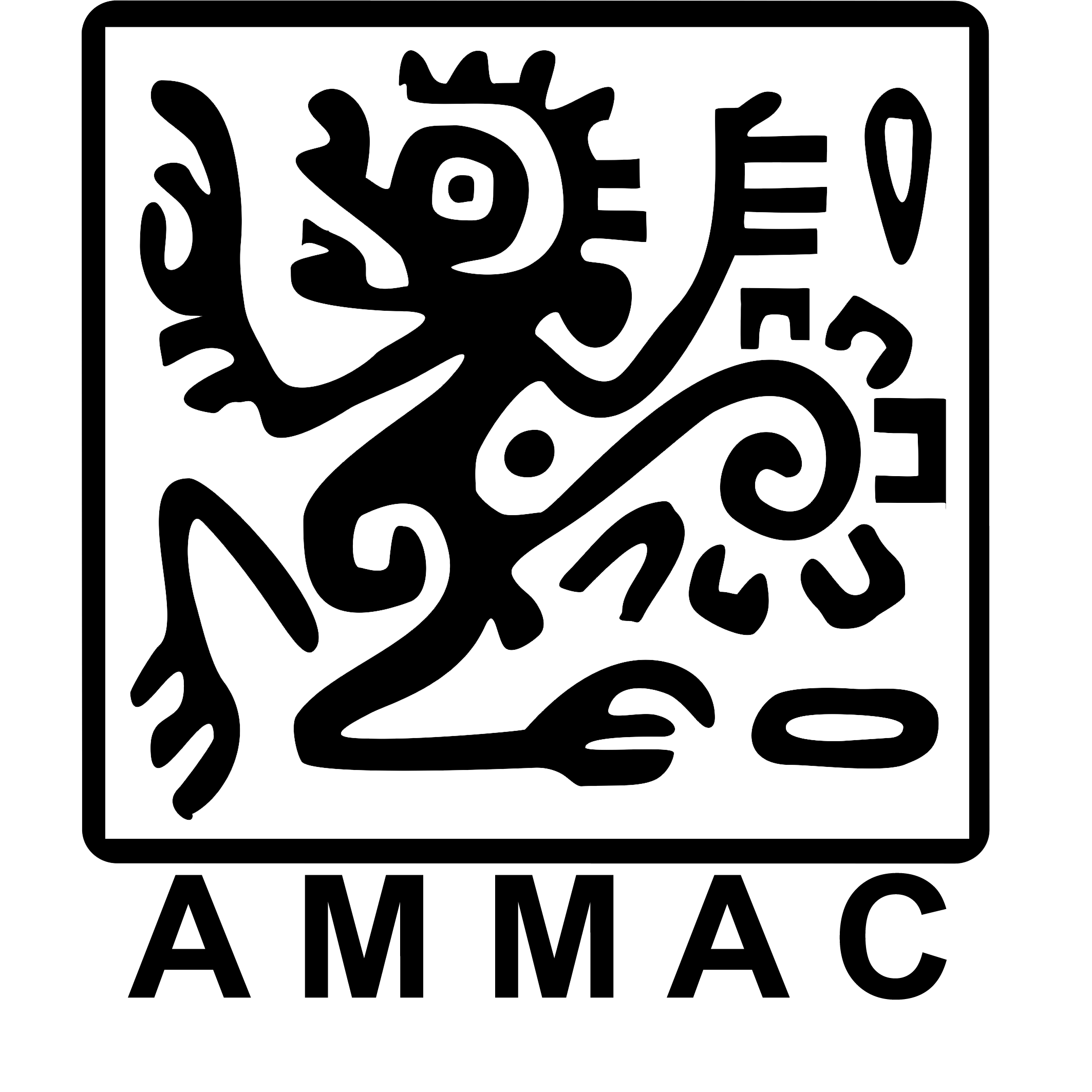Additional dietary records of the arboreal kinkajou (Potos flavus)
DOI:
https://doi.org/10.12933/therya_notes-25-193Keywords:
Diet, frugivory, Los Tuxtlas Biosphere Reserve, plant-animal interaction, ProcyonidaeAbstract
Introduction: The kinkajou (Potos flavus) is a medium-sized arboreal mammal that primarily feeds on fruits, flowers, nectar, leaves, and occasionally arthropods. While interactions between P. flavus and plants are well-documented, with the species known to consume fruits and other parts of 119 plant species across 50 families, reports of frugivory involving kinkajous and Araceae plants are scarce. To date, only a single instance of frugivory on Philodendron crassispathum has been recorded.
Methods: During a field trip in March 2022 to Los Tuxtlas, Veracruz, México, we documented the first observed consumption of Monstera egregia by kinkajous using a video camera.
Results: The kinkajou was observed perched on a leaf stem of the same M. egregia, approximately 6 m above the ground. The individual gripped the stem with its feet and prehensile tail while using its hands to manipulate the infructescence. The animal was seen biting into the infructescence and picking individual fruits, which it brought to its mouth.
Discussion: Although Araceae plants have evolved mechanisms to deter herbivory, the consumption of M. egregia by kinkajous appears to be a deliberate behavior rather than a random occurrence. Interactions between Araceae species and kinkajous, as well as with other frugivorous mammals, may represent an important ecological relationship deserving of further investigation.
Downloads
Published
How to Cite
Issue
Section
License
THERYA NOTES is based on its open access policy allowing free download of the complete contents of the magazine in digital format. It also authorizes the author to place the article in the format published by the magazine on your personal website, or in an open access repository, distribute copies of the article published in electronic or printed format that the author deems appropriate, and reuse part or whole article in own articles or future books, giving the corresponding credits. The Creative Commons CC BY-NC-SD license is used.![]()















